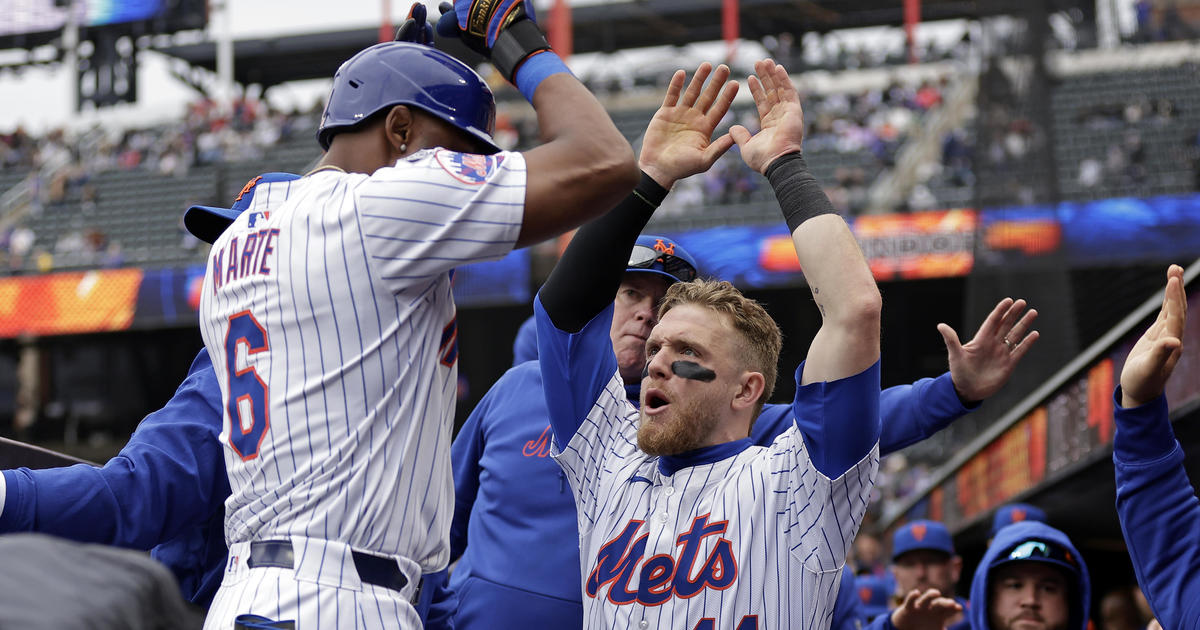Injury Breakdown: Achilles Ruptures Season
by Abby Sims
Fifth seeded Michigan State managed a huge win on Sunday over fourth seeded Maryland on a three-point buzzer-beater by Korie Luscious. The biggest surprise was that the Spartans did it without the services of Kalin Lucas who went down with 2:28 left in the first half while clutching his left foot. Though reports have not yet clarified the details of Lucas' newest injury, Coach Tom Izzo was quoted after the game as having said that he was 99% certain that his star would be out for the balance of the season after what appeared to be an Achilles tendon rupture.
If his coach is correct, Kalin Lucas should give David Beckham a call for a Q & A on what to expect next. Mr. Beckham was headed to his fourth World Cup, a record for an English soccer player, when he left the field in tears on March 14th after he too suffered an Achilles rupture. Beckham wasted no time in having surgery, flying to see a specialist in Finland early the next morning for an Achilles repair.
Both Lucas' and Beckham's injuries were non-contact, typical of Achilles ruptures. Lucas claimed not to have felt or heard the "pop", often associated with Achilles injury, though he reportedly did think he might have been kicked—a sensation that is also classic for a rupture. Beckham looked behind him when his injury occurred, as though he too may have suspected a kick to the calf. Both players also likely experienced sharp pain.
Post-game, a teammate said that Beckham "felt the muscle begin to come up". This too is common; it is almost like firmly pulling an elastic band until it breaks and seeing the top half retract. Surgery is often performed quickly, exactly for that reason – to approximate the two ends of the tendon it is often recommended to act before the tissue can shorten permanently.
What is the Achilles tendon?
Tendons attach muscles to bones. The Achilles is thicker and more fibrous than most tendons and it connects the calf muscles (the gastroc in the upper calf and the soleus closer to the ankle) to the heel bone (calcaneus).
The Achilles tendon and calf muscles are put on stretch when the ankle is flexed up and it is shortened when the toes are pointed. A tight Achilles or one that is overstretched can predispose to rupture.
What are the consequences of Achilles rupture?
In addition to the pain and swelling that are expected with any sports injury, disruption of the connection between the calf muscles and the heel results in an inability to contract these muscles; That means that you cannot rise up on your toes or walk with a normal push off when weight-bearing on your injured side. Running and jumping are therefore also out of the question. However, it may be possible to actively point your toes while you are not bearing weight due to the action of other muscles that help to provide this movement.
Why do Achilles tendons rupture?
There is an area of the Achilles that has less blood flow than the rest and it is thought that this section of the tendon may not be as strong. As we age, tendons, as other tissues of the body, become less supple and may degenerate. These are some reasons why ruptures generally occur in people over 30 (Beckham is 34), and especially in middle age. Younger athletes generally experience a higher tear, well above the ankle, where the muscle joins the tendon (musculo-tendinous junction), though they too can experience a tear closer to the heel.
Some sports are more stressful to the calf muscles and Achilles than others. Those that require the powerful push-off needed for running and jumping place the greatest demand, as do those like racquet sports which entail a lot of stutter-steps and quick stops and starts. Men are far more likely to suffer Achilles ruptures than women and though it is thought that obesity adds to the stress to the Achilles, increasing risk of rupture, that is clearly not a factor for elite athletes.
Other predisposing factors for weekend warriors like you and me include stepping up activity suddenly and significantly – either by increasing the intensity, frequency or duration of participation or perhaps beginning a new activity without preparation. All of these increase the demand placed on the Achilles. It is thought that weakness of the calf muscles, particularly the soleus, may also be a factor causing the Achilles to rupture; The soleus can be strengthened by pointing the foot—against resistance—while the knee is bent (as in a sitting position). A history of multiple steroid injections at the Achilles may be to blame in some cases of rupture. Be aware that manufacturers of certain medications, such as the antibiotic Levaquin, name tendon issues as a potential side effect. Inform your physician if you begin to feel Achilles symptoms after beginning a new medication.
One exercise I strongly suggest you avoid is strengthening the gastroc muscles of the upper calf by hanging the mid-foot and heel off a step or raised platform and doing heel-raises from this position of maximum stretch. Repeatedly lowering the heel below the level of the step (with your body weight and gravity loading the Achilles tendon), puts the tendon at greater risk of rupture. This is an exercise I see so often in the gym. Yes, you should strengthen the calf, but it is recommended to do so from the more neutral foot–flat position or not fully weight-bearing if on stretch.
How is an Achilles rupture diagnosed?
Physical exam is often pretty conclusive. The first test is simply to squeeze the belly of the calf muscles and observe whether the foot points as the muscles are manually shortened. Another obvious sign is when the examiner can move the ankle excessively into a dorsiflexed position (toes toward your nose) – with the knee straight. This motion is generally restricted by the tightness of the Achilles and in the case of rupture it is not. A third test involves observing the motion of a needle inserted into the tendon as the foot is passively moved up and down. An ultrasound exam and/or positive x-ray findings—particularly those in a lateral (side) view – support the diagnosis.
What are the treatment options?
Small tears may do well with immobilzation. Casting is generally done with the foot in a pointed position, which shortens the tendon allowing it to heal. Bracing that restricts motion is an alternative. Athletes are not good candidates for conservative management, and those who do not undergo surgery should expect a long recovery (up to a year) before returning to sports.
Operative treatment is the gold standard for athletes, younger patients and those with a complete rupture. Both treatments are followed by periods of decreased weight-bearing, though the surgical patient progresses at a much faster rate.
Outcomes
According to Wheeless' Textbook of Orthopaedics, non-operative patients have an average re-rupture rate of 18% and can expect a decrease in strength and muscle endurance of 30%. 83% of surgical patients and 69 % of immobilization patients can expect to resume their pre-injury level of activity. Wheeless also reported that 93 % of surgical patients were satisfied with the results of treatment, while only 66% of conservatively managed patients felt likewise. Because of the positioning of the foot with the tendon in a shortened position while casted or braced, non-operative treatment generally does not restore the Achilles tendon to its full length. In contrast, if immobilized with the ankle in a neutral position, the tendon is generally lengthened, leading to a poor outcome.
The Spartans of Michigan State will meet up with Cinderella Northern Iowa, a ninth seed, this Friday. Tom Izzo is a great guy and a great coach. His team has stepped up under pressure before, just as they did on Sunday. Kalin Lucas will either be with them in spirit or cheerleading from he bench. Maybe they can pull this one out in his honor.
Abby Sims is an orthopedic and sports physical therapist who has been in private practice in NYC for the past 30 years (you may be familiar with her husband, sportscaster & WFAN alum Dave Sims). Abby has a Masters of Science in Physical Therapy from Duke University and has extensive experience working with professional, collegiate and recreational athletes with musculoskeletal injuries – both non-operative and operative. She has also enjoyed lecturing at many medical conferences. Abby looks forward to responding to your questions or writing about topics that you suggest. For more information about Abby, or her practice, please check out www.RecoveryPT.com as well as www.AthletiSense.com.



